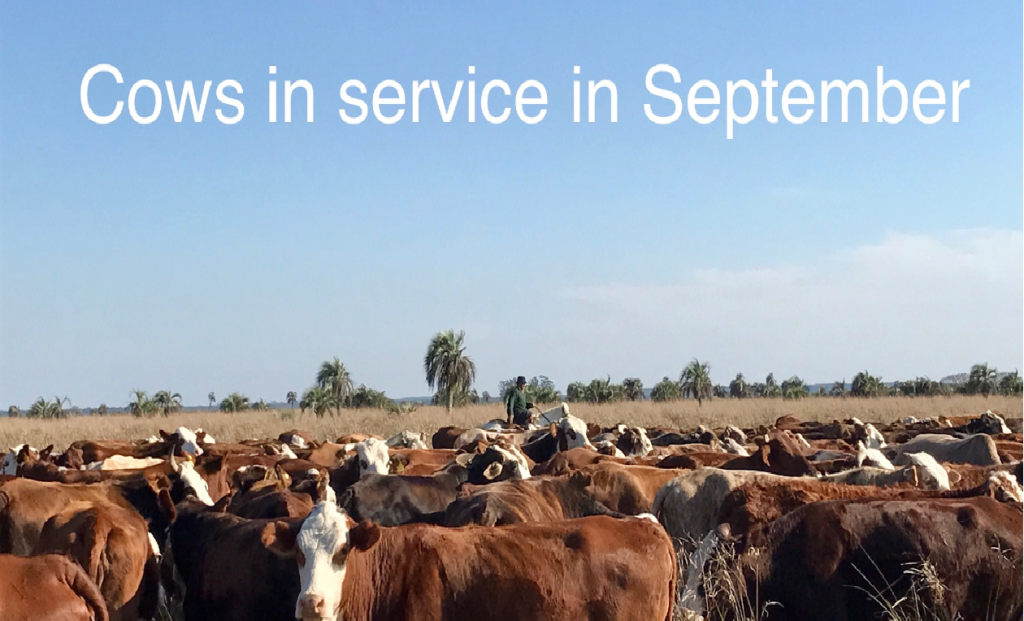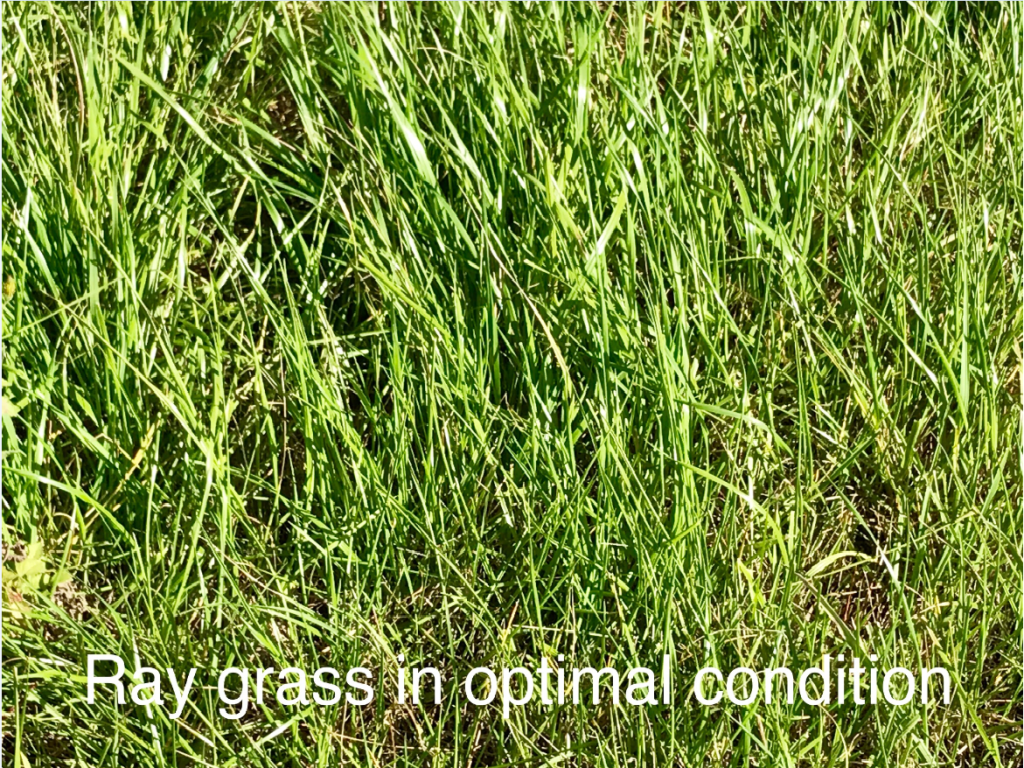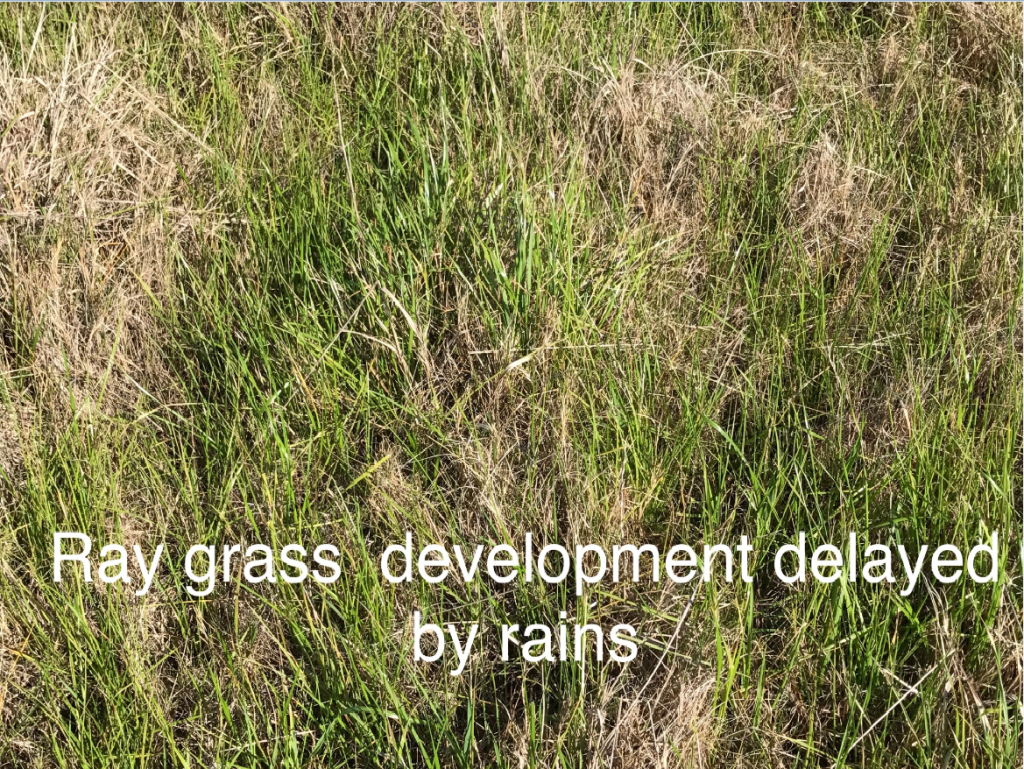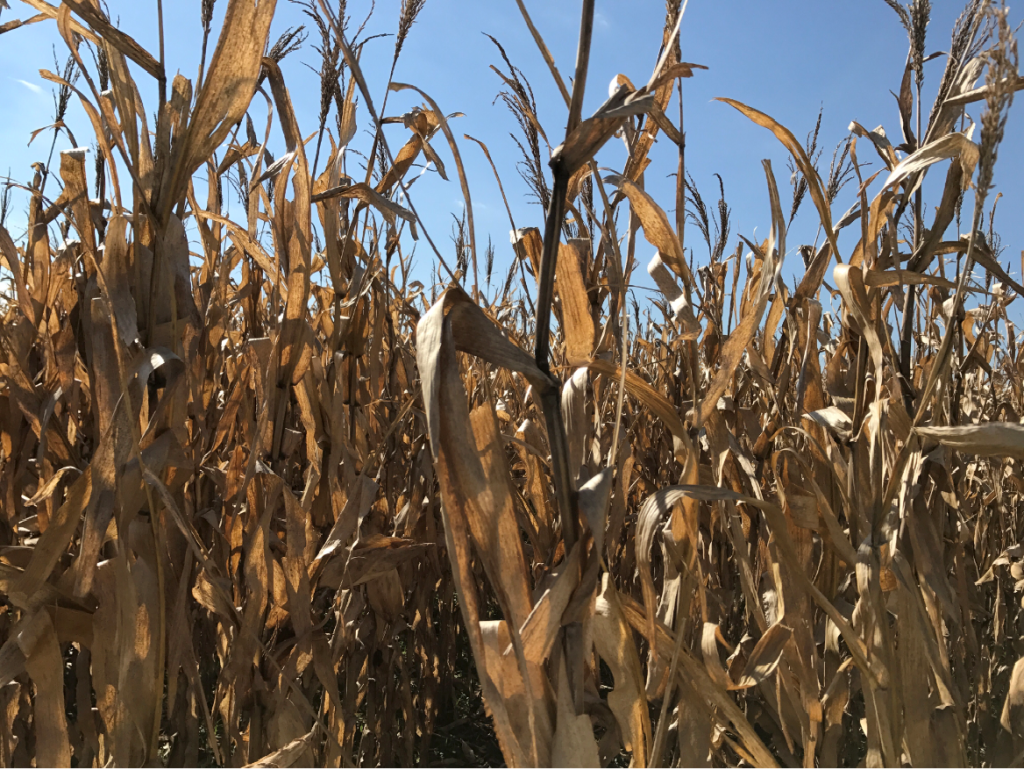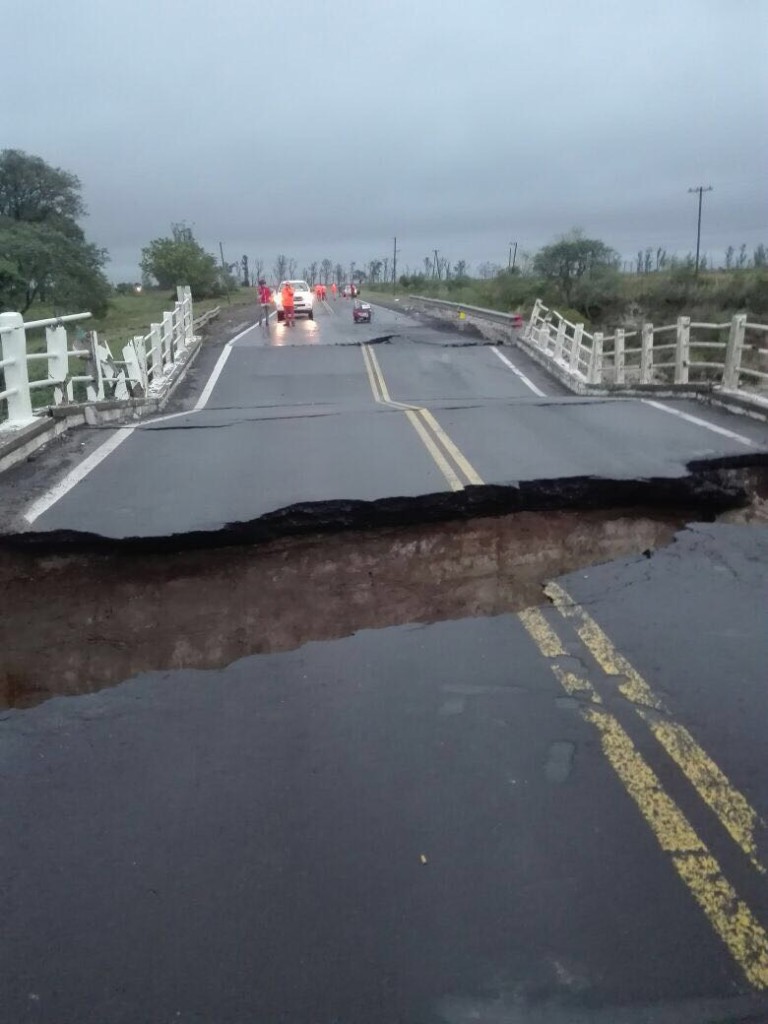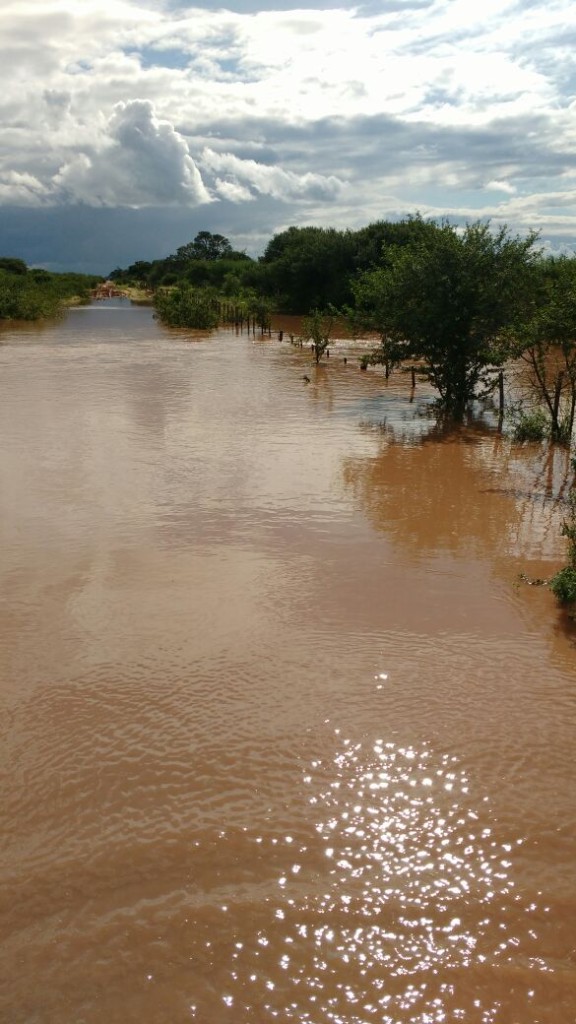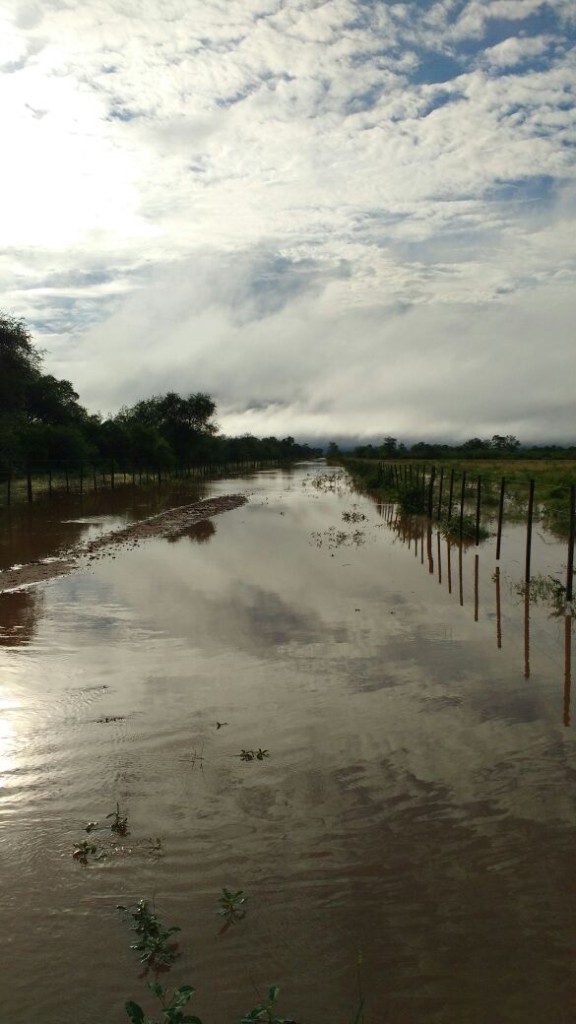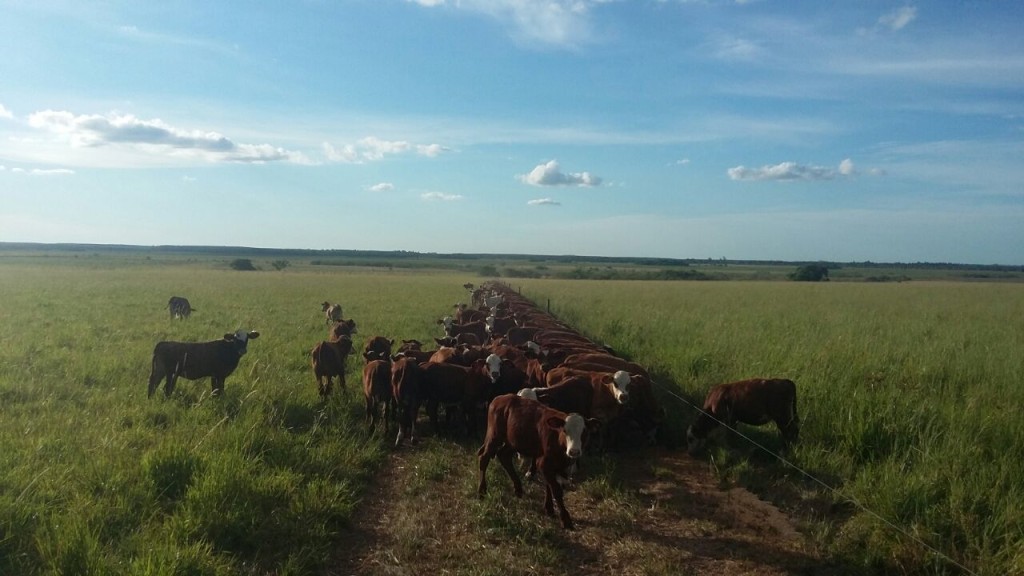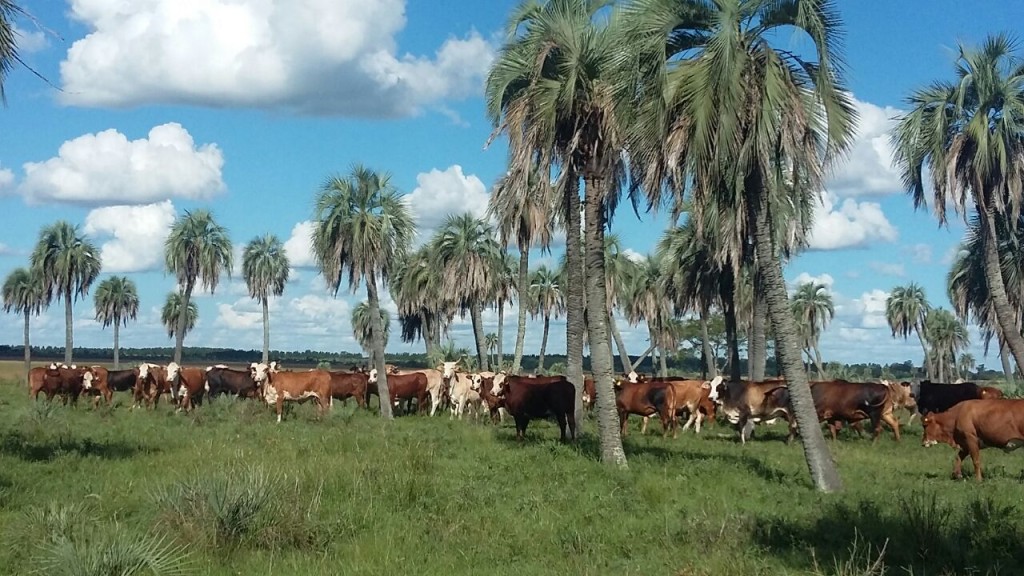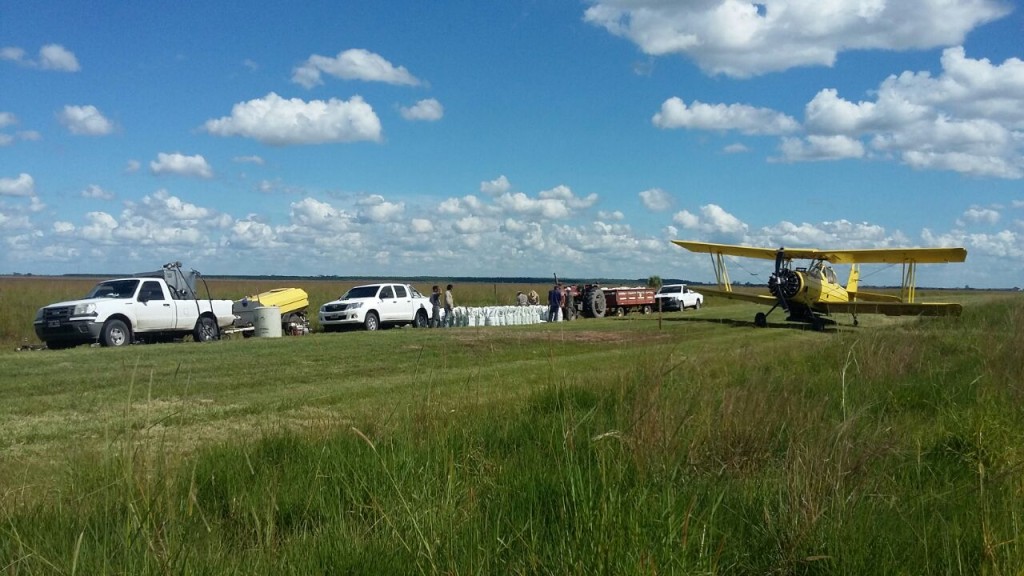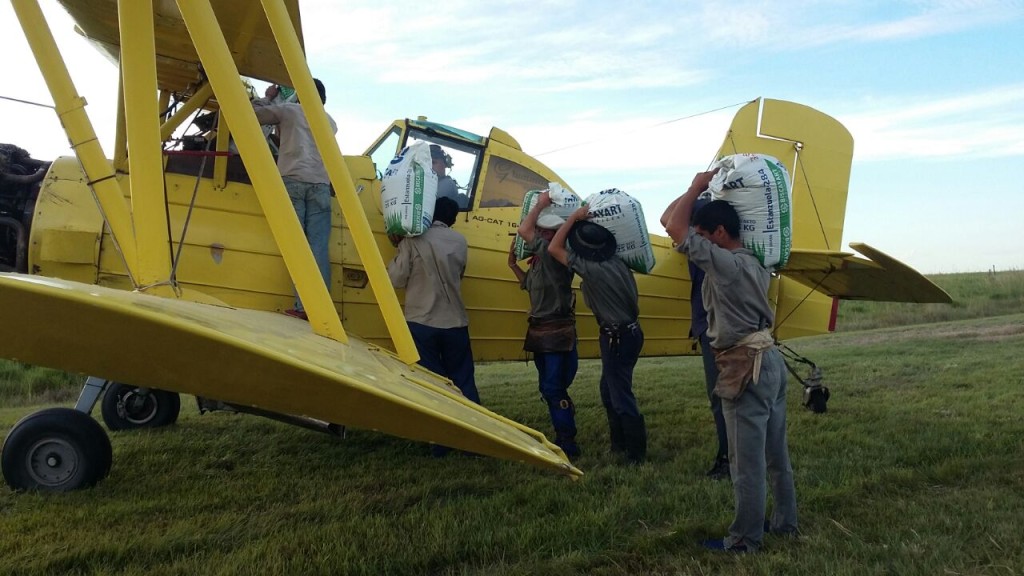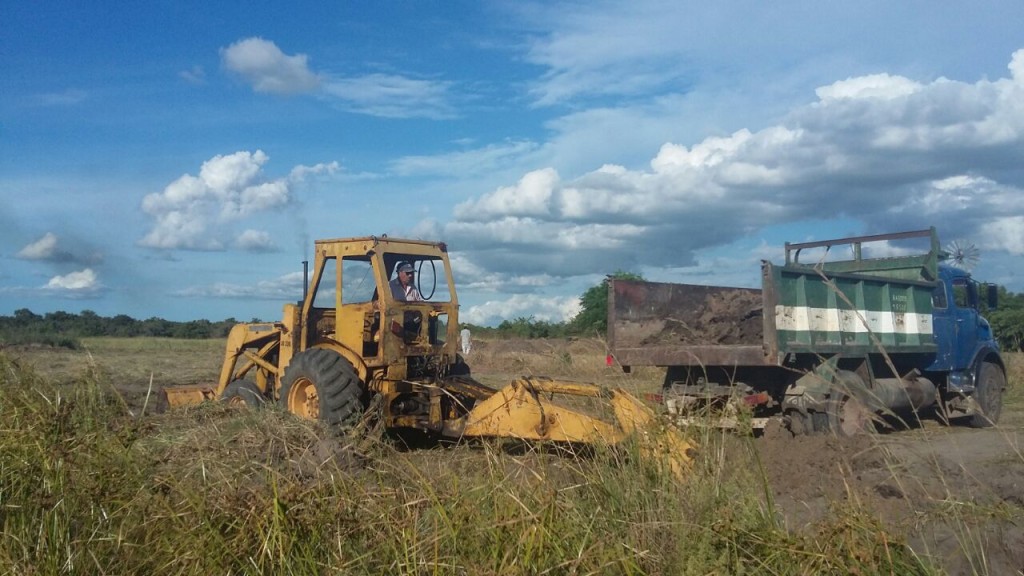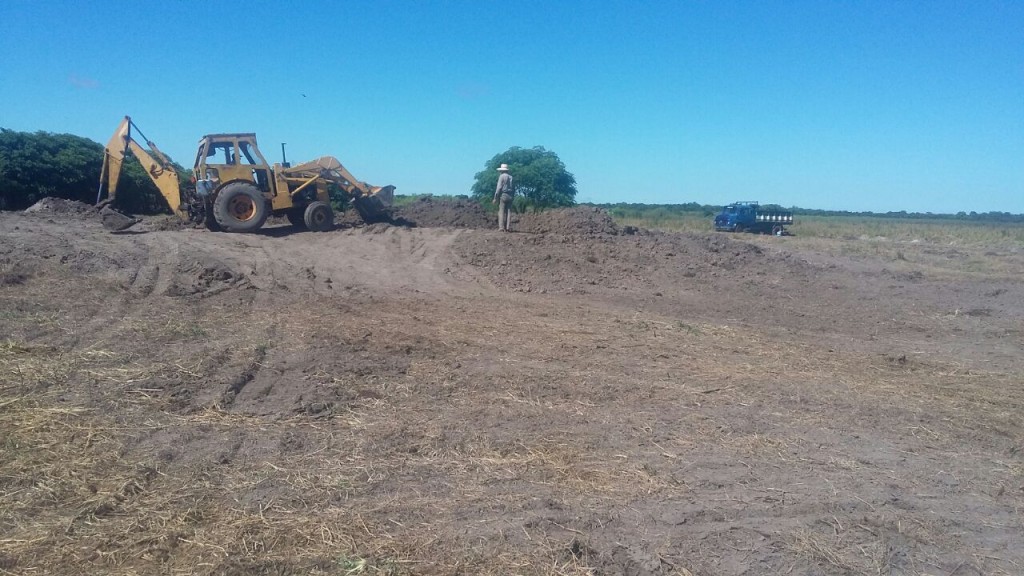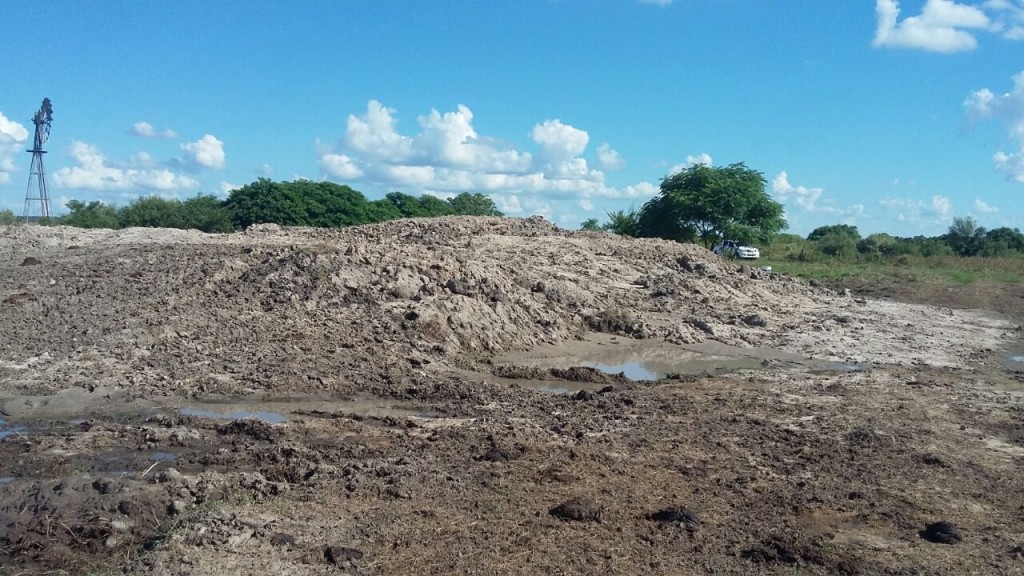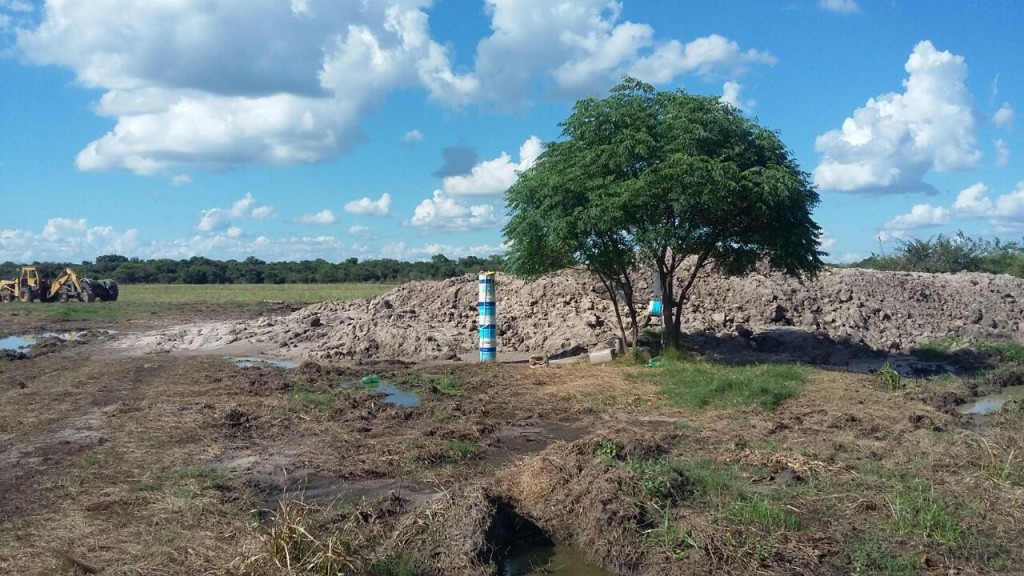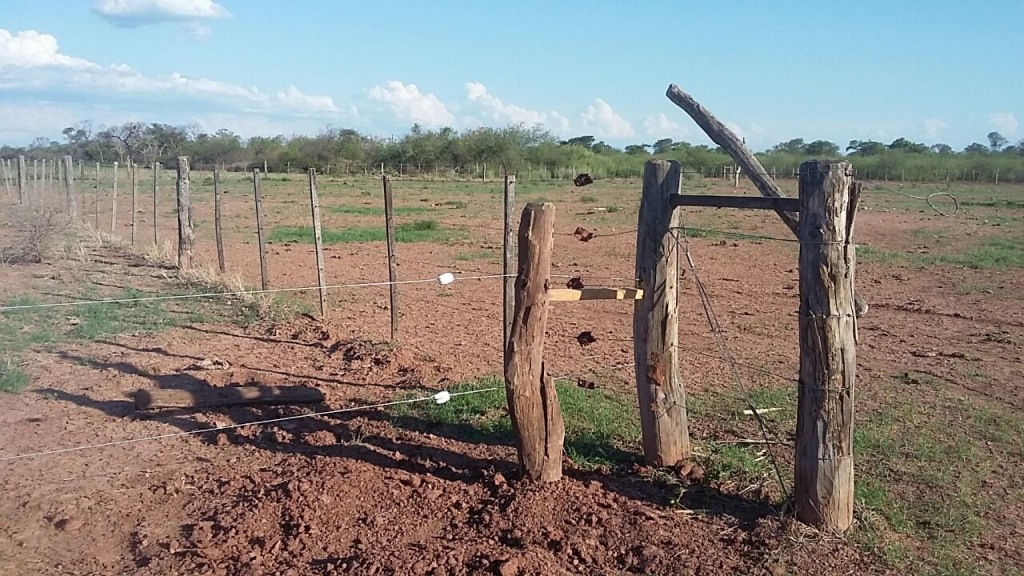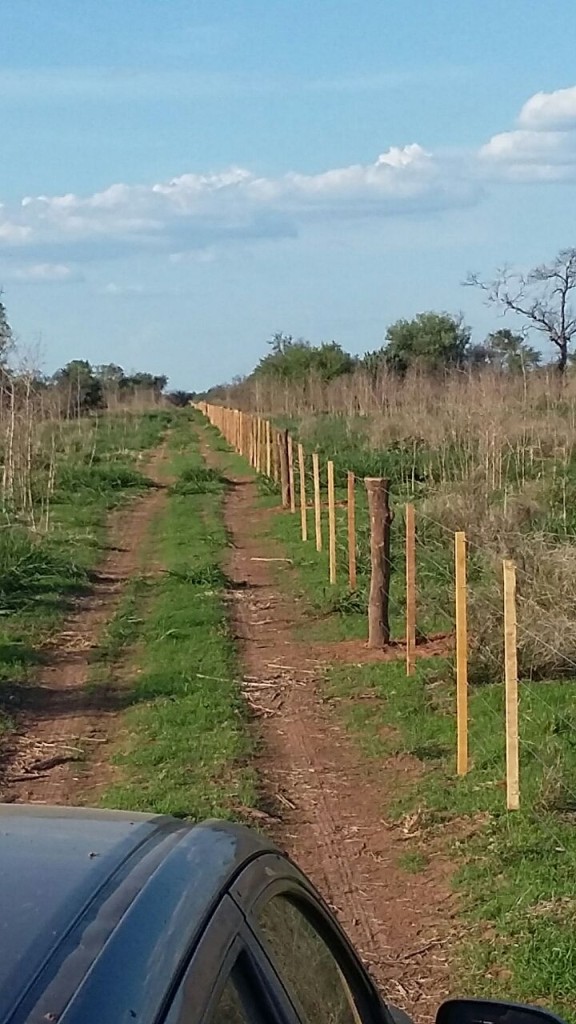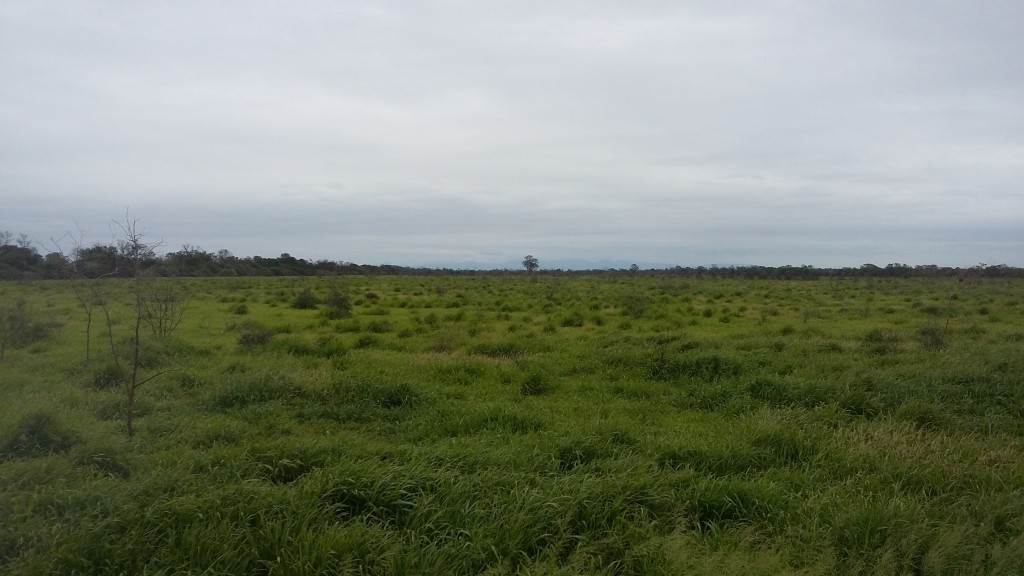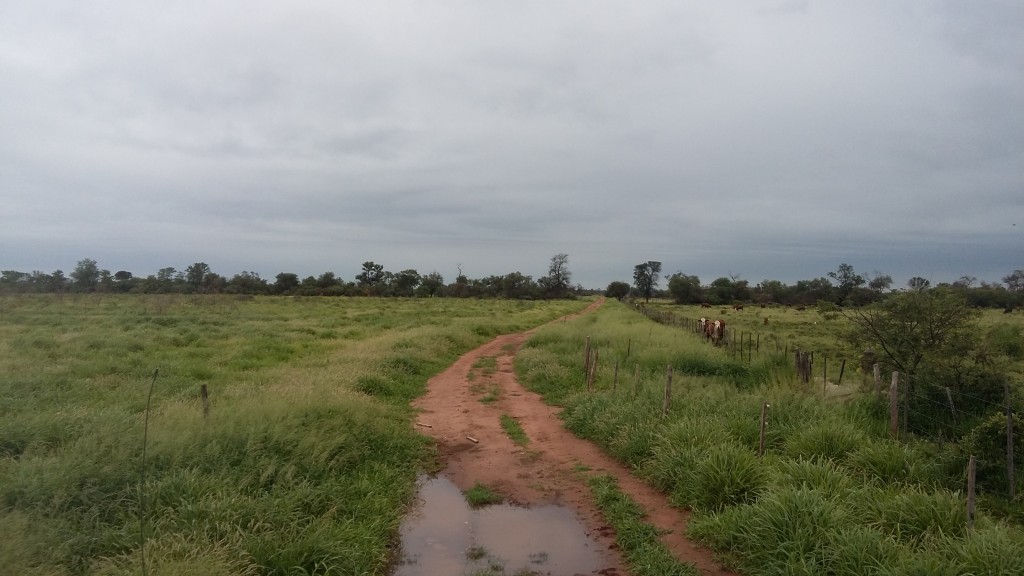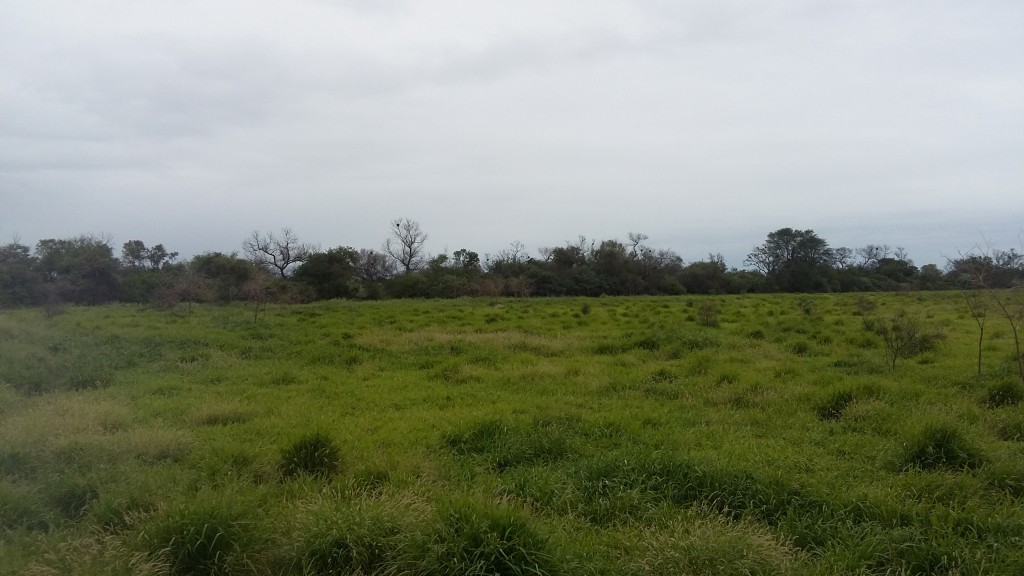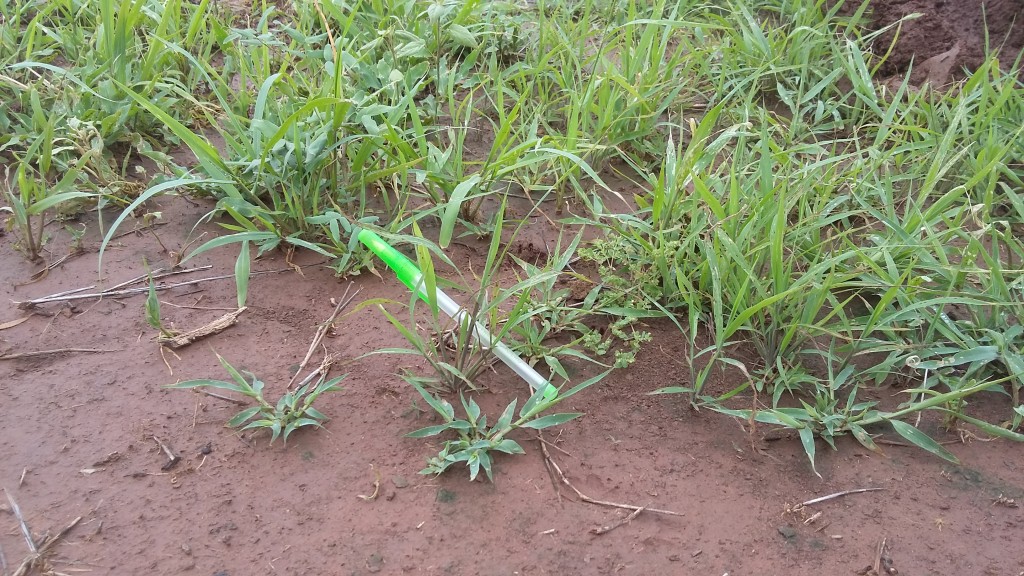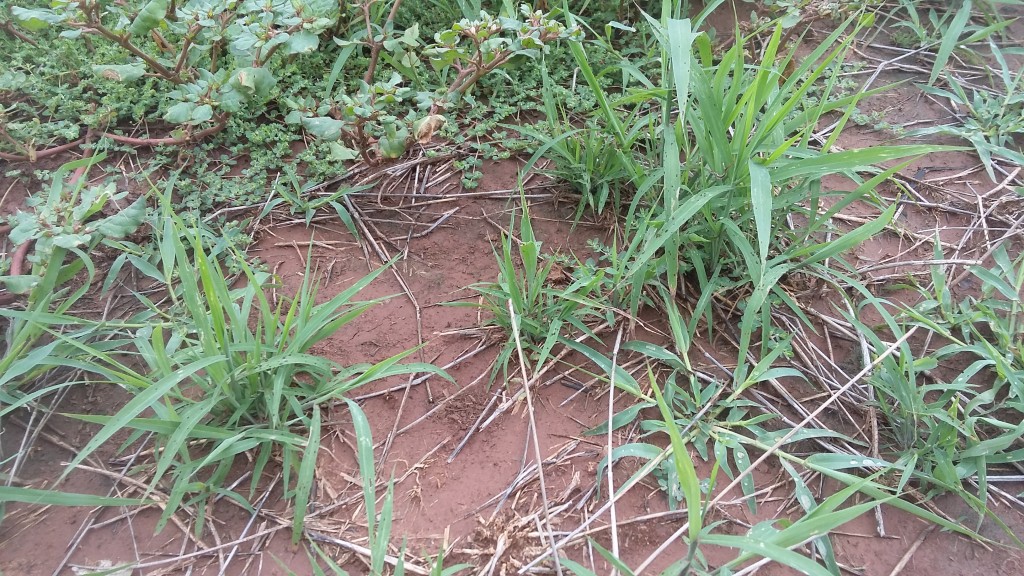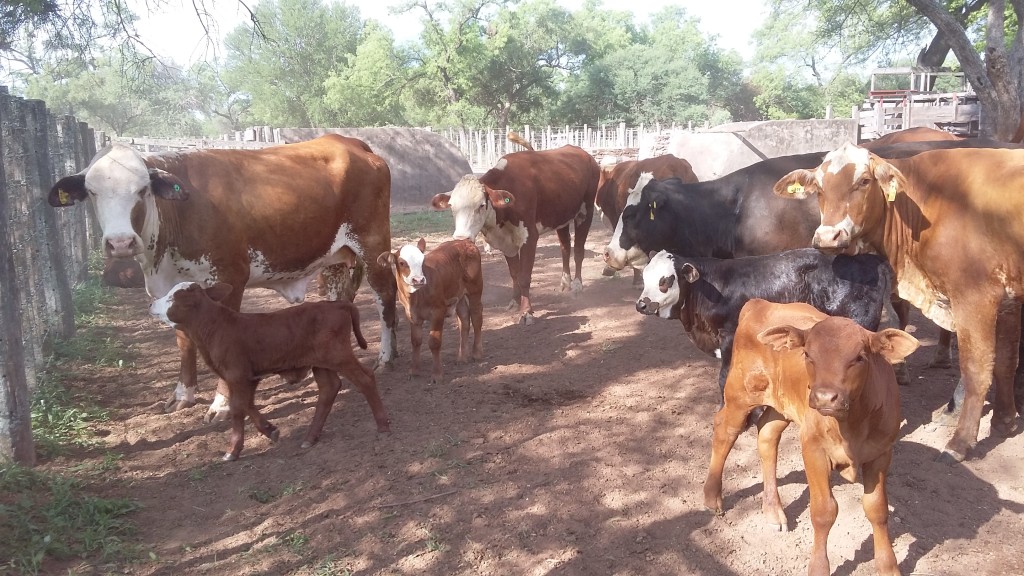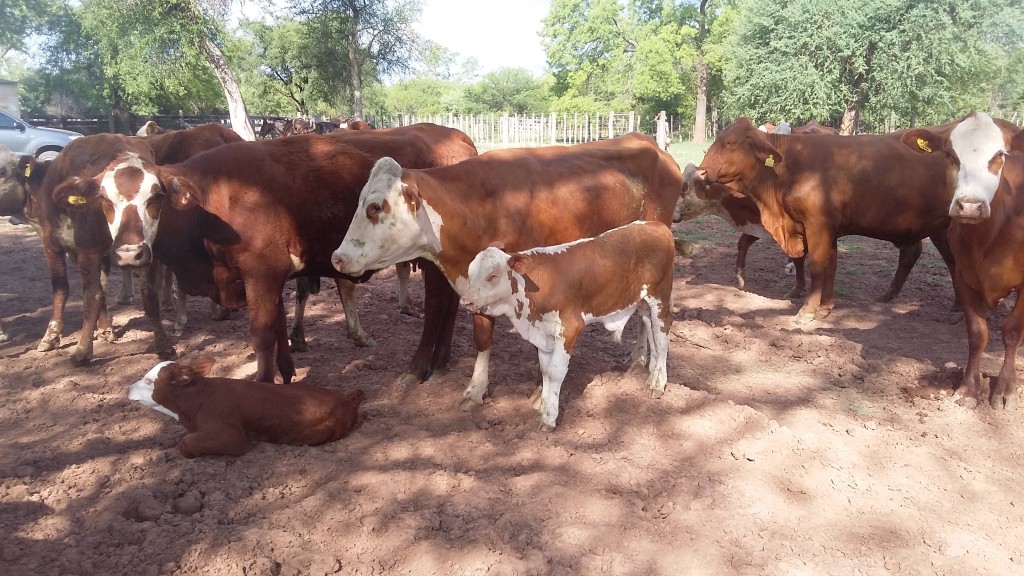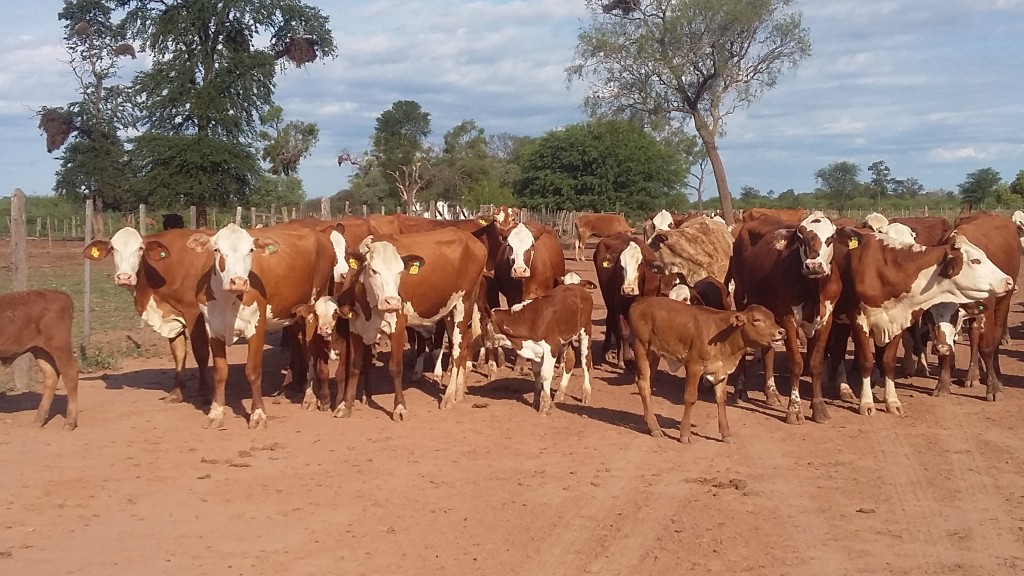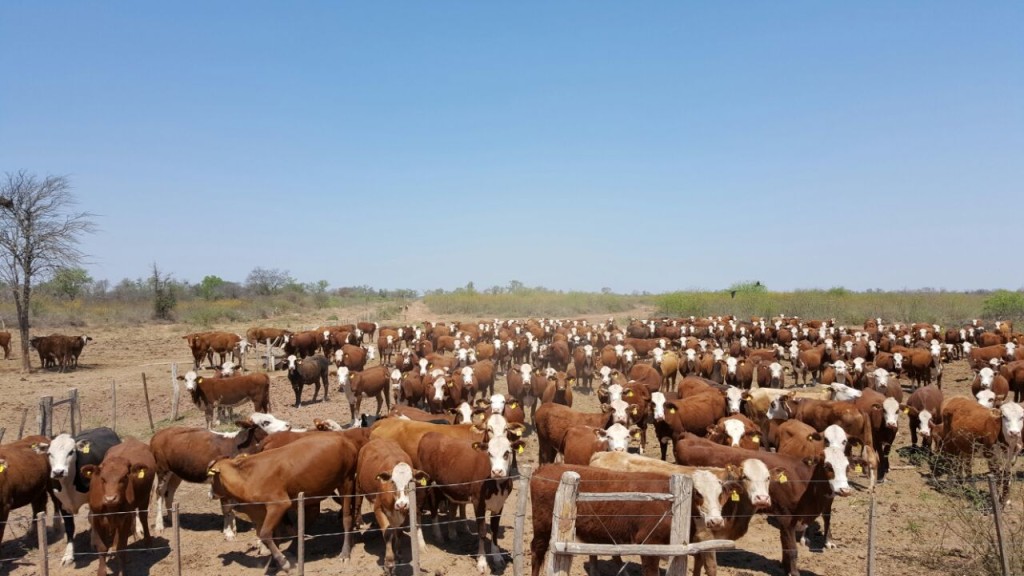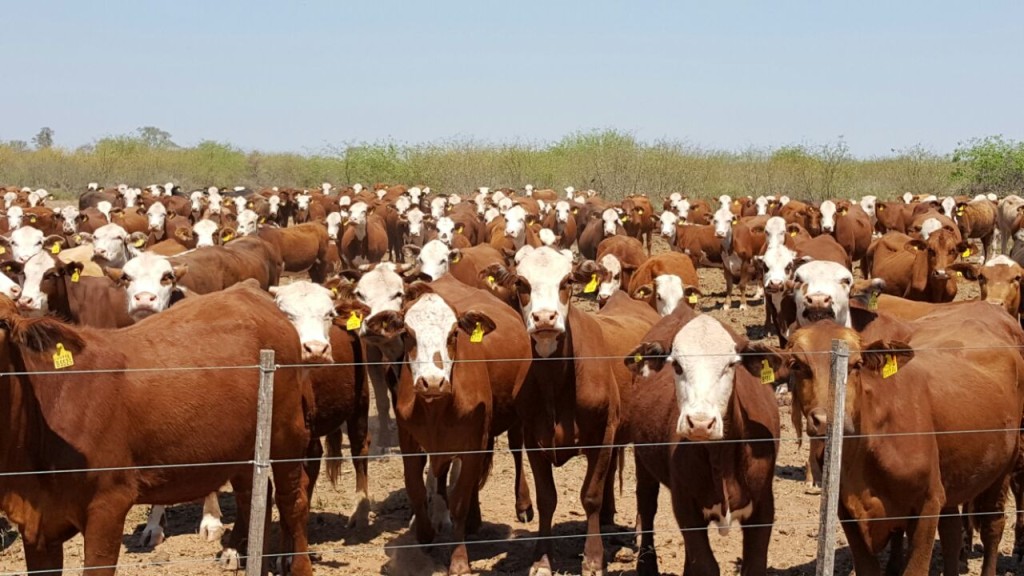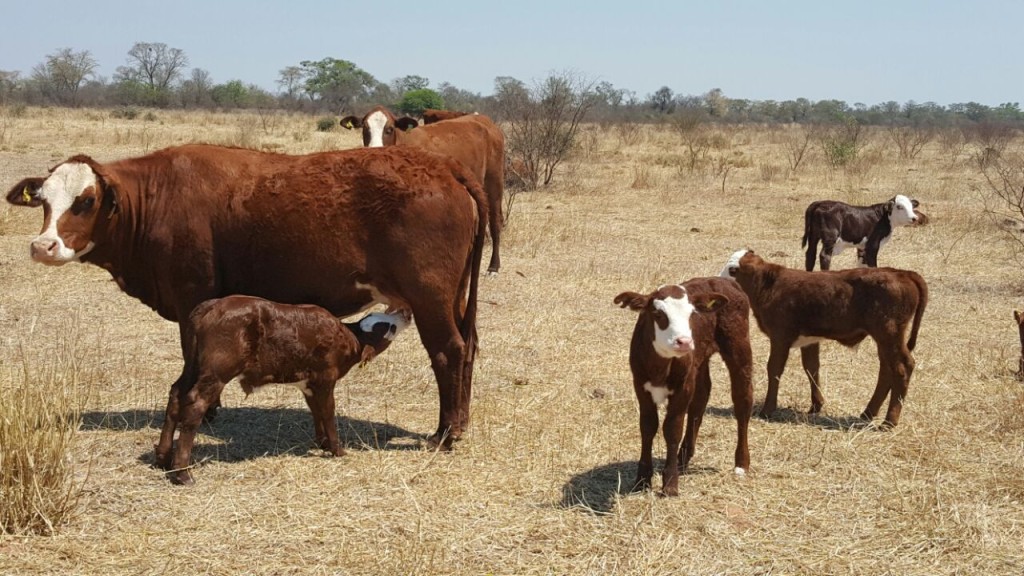The largest devaluation since President Mauricio Macri‘s administration lifted capital controls in 2015 came to a halt on July 6, 2017 after the intervention of state-supported and major private banks. For nine consecutive days the peso had climbed against the dollar, starting with an exchange rate of 16.11 pesos to the US dollar on June 26 to a pick of 17.50 pesos, until finally falling back to 17, 27 before the close of markets.
- ArgentinaC |F
- ParaguayC |F
- UruguayC |F
Argentina – Update on Curupi Pora farm activities (July 2017).
Situation/weather: as previously indicated, the farm has been affected by the recent heavy rains which caused flooding situation and damages in the province of Corrientes. Local authorities are putting in place a plan to help farmers affected by the floods and storms.
Cattle operation: the farm is now recovering and pretty well for our cattle herd (4,900 heads currently) thanks to the emergency measures taken by the COO of Campos, Mr Gustavo Listello and implemented very efficiently at the farm level by the entire team (management of pastures, land drainage, transfer of the baby calves to Salta in San Bartolo farm which limited the increase in death of this more sensitive category, etc).
Silage & pasture-fed cattle: Grass-fed beef not only is lower in overall fat and in saturated fat, but it has the added advantage of providing more omega-3 fats (about twice as many omega-3s as a grain-fed one). In addition, meat from pastured cattle is also up to four times higher in vitamin E than meat from pure feedlot cattle. The meat is also more mature and has a more pronounced taste than the one coming from intensive feedlots you can find for example in the US and only grain-fed. A combination of both may be optimal to produce beef.
Here also the ray grass sowed in March has been delayed in development due to the excess rain and floods registered earlier this year.
Corn silage : 229 ha have been sowed and harvest hasn’t start yet due the heavy rainfalls registered. Yield are also expected to be lower then forecasted (4,75 tons/ha planned). Rain by penetrating in the corn cobs while the plant was developing, damaged the grain as you can see on the pictures.
Water tank: the construction of the Australian water tank (400,000 liters of capacity) was delayed due to the climate vagaries registered. We will continue construction once the soil will be completely drained. Given all accumulated water and the season, the termination of this new water facility is not currently a priority.
ARGENTINA – Climate vagaries have extended with heavy rains and storms in Corrientes region (May 2017)
From 05 to 25 April (20 days), Corrientes region was facing big storms and rains as you can see on the pictures. 570 mm of rainfall were registered for this month (200 mm for the single day of 25 April) versus an historical monthly average of 189 mm (315 mm were registered in April 2016 which was already a wet month).
Several roads were affected – here you can see impacts on road n°12 from Corrientes to Possadas. Electricity cuts occurred several times during the month.
No serious damages were reported so far for Curupi Pora farm and Tata Cue forest (access to the forest is complicated currently). However, we anticipate a contraction in the forecasted beef production of Curupi Pora farm due to animal stress and pasture contraction related to this weather event.
Weather forecasts for end of May so as for June are not encouraging – heavy rainfalls are, again, forecasted. This situation could create delays in silage harvesting (corn) use to supplement the herd in Curupi Pora farm .
Baby calves are the more sensitive category and need food supplementations given their morphology while awaiting to be to transferred to Salta in San Bartolo farm for fathering process (they need to be in good shape to withstand transport). If weather conditions do not permit silage harvest, we will be forced to purchase food supplementations which has a cost and we might register an increase in death of baby calves.
Argentina – More than $116 Billion has been declared under the tax amnesty program (April 2017)
The program came to an end last week after eight months of window. The results ? more than $116 billion has been declared before the Argentine tax authorities.
The government will collected $9.2 billion in fees paid by those who declared assets in the tax amnesty. This will allow the country to develop infrastructures, renewable energy programs etc. However, argentines are estimated to hold up to $400 billion in tax havens. So argentines have taken a great step forward back in their country. To be followed…
Argentina – El Niño is arriving to Argentina and made a stop in San Bartolo farm (April 2017)
After having affected Peru and Colombia, “El Niño” weather natural phenomenon is now impacting all western regions of the southern cone. In Argentina, 7 provinces are already affected.
“El Niño” weather natural phenomenon
In Salta province, where San Bartolo farm is located, we registered more than 300 mm of water in less then 24 hours versus the annual historical average of 776 mm during the 1st weekend of April. The neighbouring villages of Lajitas and Apolinario Saravia are both under water.
As for San Bartolo farm, the house has been affected so as some internal roads. As a direct consequence, fattening services was temporarily interrupted. This flooding situation forced us to concentrate the herd in some dry plots and reduces also available pasture. As long as this event will remain, its consequences for the farm will remain limited.
Argentina – Update on Curupi Pora farm activities (April 2017)
We register more rainfall in the farm than the usual standard for the period. This rainfall benefits our cattle herd (over 5,000 heads) so as for our corn plantation dedicated ultimately to the animals suplementation. However, those episodes delayed a bit some other sowing activities.
The farm is dedicated to breeding activity and in this framework, we just successfully sowed 470 hectares of pastures to increase meet production. First step was the aerial application of glyphosate.
Then 400 hectares of ray grass were sowed via aerial application as you can see below. In addition, 70 hectares of OAT were sowed via land application.
In order that our herd take full benefit of this program, we are also building a new Australian water tank (400, 000 liters of capacity – 3 meters high) with a minor investment as we try as much as possible to re use existing resources or material available at farm. The tank should enter into service by end of April 2017.
Argentina – The green oil of Argentina (March 2017)
Forestry resources can highly contribute on Argentina overall energy matrix. Forest plantations for energy purposes represent one of the many strategies used to reduce dependency on fossil fuels.
The use of this kind of energy represents currently only 0,11% of the country overall energy matrix but is expected to be multiply by 6. Eucalyptus trees plantations like we have in Tata Cua forest or in Curupi Pora farm which account in aggregate for 160 hectares are a key assets.
Argentina – Cash is coming back to Argentina thanks to the tax amnesty plan (January 2017).
Argentine authorities have announced on 12/29/16 that $90 billion in assets had been declared so far under the government’s tax amnesty plan
The government hopes that funds declared under the tax amnesty will help jump-start growth and investments in the country.
Argentines are thought to have more than $400 billion in undeclared overseas assets. Under the tax amnesty program, they have until Dec. 31 to declare those assets while paying a 10 percent fine to protect themselves from prosecution for tax evasion.
They can still declare until March 31, though the penalty for non-real estate assets will jump to 15 percent. Billions more are expected to be declared, particularly in properties, for which a 5 percent fine would remain unchanged.
So far, the government has collected 82 billion pesos ($5.27 billion) in fees paid by those who declared assets in the tax amnesty.
Argentina – Update on San Bartolo farm activities (January 2017)
Situation/weather: As previously indicated, we decided to replant pasture in lots that have been prior subdivided into smaller plots in terms of size in order to have a better control of the natural vegetation and enhance ultimately beef production.
Below you can see the new fences installed for this purpose in lot n°18 (400 has – lot originally planned to be dedicated to crops activities) which is now subdivided into 2 lots of 200 has.
As you can see on the pictures, pastures are developing well thanks to the rainfalls registered in October and November which favored the growth of grass, both in quality and in quantity.
Recently sowed lots n°10, 11 and 12 are showing emergent plants. The development of those pastures will depend on rainfalls otherwise the plants will bleach due to the high temperatures registered in the region which oscillate between 24°c to 41°c. On top, the thermal sensation that can reach over 45°c.
Cattle operation: To mitigate lack of rainfall which imply also lower level of pasture, it is necessary to give supplementation to heifers that will receive artificial service next year.
Argentina – Cattle operation at San Bartolo farm (September 2016).
We focussed exclusively on cattle operation at this farm (fattening in particular given the favourable dry climate of the region). Currently, we have around 1,000 mothers there and sell 700 steers as well as 200 cows not pregnant. Over the cycle, we will also replant 400 hectares of pasture and have previously subdivided the surface into smaller plots. This action will allow a better control of the forest growth and the increase of the animal stocking per hectare. Total heard: 2,430 heads.
One of our biggest challenge there is the permanent control of the native forest typical for Salta region.





